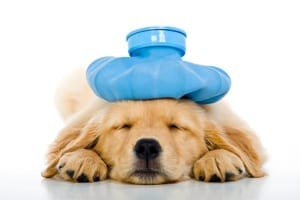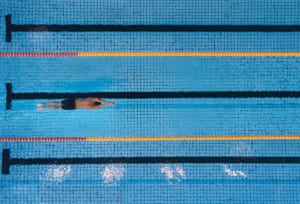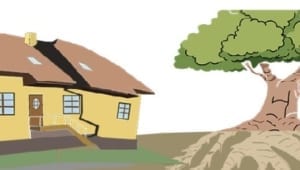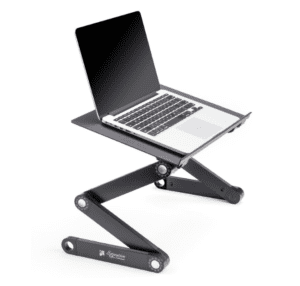
As we head into Migraine Awareness Week (3rd to 8th September), here are a few facts about this disabling condition that might surprise you:
- Migraine is the world’s third most common illness, suffered by one in seven people across the globe and eight million people here in the UK;
- Migraines affect twice as many women as men and can also strike at young children;
- Most sufferers have an average of 13 attacks a year, lasting between four hours and three days;
- The World Health Organisation (WHO) categorises chronic migraines as more disabling than blindness, paraplegia, angina or rheumatoid arthritis;
- The illness costs the UK around £2.25 billion per annum, taking into account the cost of medication and the 25 million days of sick leave!
(Sources: Migraine Trust/ Migraine Action)
What is migraine?
Migraine is, therefore, an absolute headache in every sense of the word. But more than that, it’s actually a complex neurological condition that can affect the whole body. Usually (but not always) there’s a painful headache preceded or accompanied by disturbed vision or aura. This can present with, for example, flashing lights, blind spots, zig zag patterns, pins and needles, numb limbs, confusion and difficulty in speaking. Not all sufferers experience aura, and other common symptoms include dizziness, nausea, vomiting, sensitivity to light, sound and smells. Attacks can vary in frequency and severity with an often enormous impact on someone’s work, family and social lives.
There is no known cause or, sadly, any cures currently on the horizon. What we do know is that most sufferers have a genetic predisposition and that their migraines can be triggered by one or more factors – stress, alcohol intake, the environment, hormones (women) and lack of food or sleep. It’s no longer helpful just to blame chocolate, cheese and red wine, and the best way of pinpointing your particular triggers is to keep a daily ‘migraine diary’.
Professor Peter Goadsby, Professor of Neurology, King’s College London, describes migraine as “an inherited tendency to have headaches with sensory disturbance. It’s an instability in the way the brain deals with incoming sensory information, and that instability can become influenced by physiological changes like sleep, exercise and hunger”. (Source: Migraine Trust).
Best treatments for migraine
Most treatments focus on controlling the pain, severity and frequency of attacks via the use of medication.
Having said that, complementary therapies such as Western medical acupuncture – piercing the body with fine, sterile needles at certain points to regulate pain – has had some success in reducing the need for medication and the frequency of attacks..1 This approach has been endorsed by The National Institute for Health and Care Excellence (NICE), particularly for patients who do not respond to certain medications.
Osteopathy is also popular because it helps relieve symptoms whilst understanding and addressing the underlying, sometimes multifactorial, factors involved. The treatment utilises a variety of osteopathic techniques.
Kind words from migraine sufferers
I’ve seen many patients struggling with migraines. One said:
“I had been suffering from headaches since childhood. Over the years, these had become more frequent and debilitating to the point where it was most unusual for me to have a day free of headache. Headaches became migraines and I felt ‘better’ when the migraines had retreated to the state of ‘mere’ headaches.
I was recommended to Robin who set about releasing the tension in my upper back and neck through a series of manipulations and cranial massage. He also gave me some shoulder and neck exercises to do at home. I was asked to keep a ‘headache diary’ showing severity and frequency in order to plot any improvements.
After around 5 or 6 sessions the headaches became less severe and didn’t turn so readily into migraines. About 8 weeks into treatment I had a major headache which, when it subsided, disappeared completely. Thereafter I began to get not only headache-free days, but headache-free weeks. The cycle had been broken.”
So if you’re suffering from migraines why not book an appointment with me to see what can be done to alleviate the symptoms and cause of your migraines.
1 Migraine Trust/Vickers A. et al. Acupuncture for chronic headache in primary care: large, pragmatic, randomised trial BMJ 2004;328;744-9.



 Happily, this long run of glorious weather looks set to continue for at least another month. But it’s got me thinking about a favourite analogy that I use in clinic which, oddly enough, relates to subsidence!
Happily, this long run of glorious weather looks set to continue for at least another month. But it’s got me thinking about a favourite analogy that I use in clinic which, oddly enough, relates to subsidence! In the final days of the rush to comply with the much-anticipated GDPR legislation ahead of the 25th May deadline, we discovered a ‘soft opt-in’ ICO clause.
In the final days of the rush to comply with the much-anticipated GDPR legislation ahead of the 25th May deadline, we discovered a ‘soft opt-in’ ICO clause.

